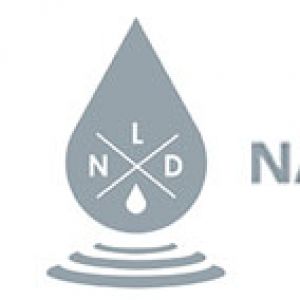4 Non-invasive Water Leak Detection Methods for You to ConsiderPosted by Water Leak detection Melbourne on April 19th, 2021 Water leaks are a common occurrence in most homes, but finding and locating them is never easy. It could be very uneasy at times where there is no external leakage found, yet the water keeps on leaking. However, contrary to every plumbing problem, science always finds its way out with advanced technological solutions. In this case, it is the Water Leak Detection Ivanhoe system. Below are four of the most common non-invasive water leak detection methods you could consider: 1) Thermal Imaging CamerasAn infrared camera can detect minute variations in the quantities of infrared radiation emitted by different objects. Thus, it is possible to recognise even concealed objects by using the differences in the amounts of infrared radiation emitted by different objects. Based on the amount of infrared radiation it can detect, this advanced camera can provide an image of what lies under the surface. Leak-prone areas emit lower levels of infrared radiation, making them visible on a thermogram right away. 2) Acoustic Listening DevicesAcoustic listening systems can pick up on slight variations in the noises made by flowing water in pipes. These insignificant sound variations are detected, amplified, and transmitted to a headset. A highly sensitive microphone, an amplification unit, and a headset make up an acoustic listening system. The technician will locate the exact location of a leak by listening to the sounds made at the pipe break where water is escaping.
3) Tracer GasesFor those that are curious, a tracer gas is actually a non-poisonous, colourless, odourless, and non-reactive gas. Carbon dioxide, nitrous oxide, helium, sulphur hexafluoride, or any other gas detectable by a sophisticated gas detector can be used to create this gas. The machine in question is first emptied of its contents to detect a leak in your house. Then, at a reasonable pressure of 2 atmospheres, a technician injects a mixture of two gases, hydrogen and nitrogen, into the piping infrastructure. The tracer gas spills out at the point where the piping leaks, making it easy to detect with a handheld gas detector. It's worth noting that this approach isn't as effective at detecting leaks as the previous two. In terms of leak detection, this system is over 99.5% effective. 4) Leak CorrelatorsMultiple electromagnetic sensors are mounted at predetermined intervals along a pipeline to make up the device. These sensors can detect electronic signals sent from different points along the pipeline. A leak can be detected at any point in the pipeline by measuring the delay times between transmitting and receiving electronic signals. This approach is not as effective as the previous three methods discussed above due to its broad implementation. Ending, As science advances in several fields, including plumbing, our daily life becomes easier. It adds a lot to building and designing the Water Leak detection Melbourne system giving us an effortless life. So why hustle? You should have one installed by a professional at your home too! Like it? Share it!More by this author |



